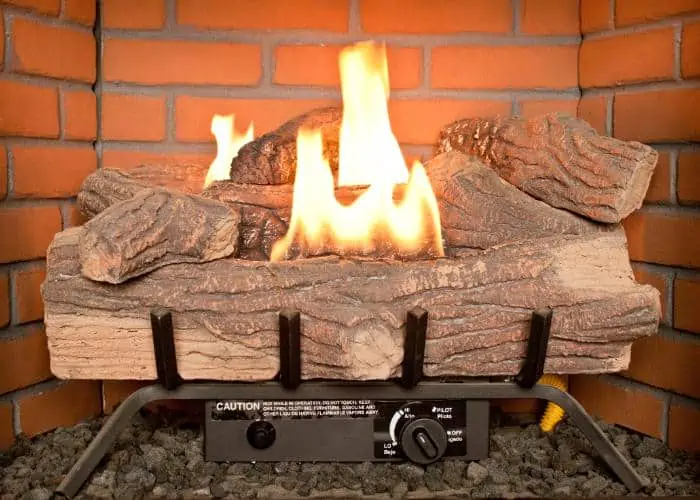How to Repair a Gas Fireplace Lighter?
A gas fireplace lighter is a key part of any fireplace system. If the lighter is not working properly, it will affect your fireplace’s performance and safety. It is important to know how to repair a gas fireplace lighter in order to fix the problem and prevent it from reoccurring.
(Looking for a tiles fireplace wall contractor? Contact us today!)

First, you should identify the make and model of your fireplace to determine if the problem is related to the ignition system. If it is, you should follow the manufacturer’s instructions for repairing the problem. You can also contact the manufacturer to get more information about the issue.
If you are unable to find the correct instructions for your particular fireplace, it may help to refer to product literature that can be found at appliance parts stores. Often, these manuals will contain the exact steps needed to troubleshoot your fireplace.
Regardless of the brand of the fireplace, you should always use the correct lighter. Some fireplaces have a specific model of lighter, so you should always refer to the owner’s manual for your fireplace to ensure that you are using the correct one.
You should also check the pilot light, which is usually located on the front of your fireplace. If it blows out, you should relight it to see if it will work again. However, if the pilot light remains on but the fireplace still does not turn on, it is likely that there is a more serious problem that needs to be investigated by a certified technician.
Sometimes, the pilot light can be blown out by a strong draft that is coming from the vent. To relight the pilot light, simply open the fireplace vent and use the flame to ignite the air in the unit. This can be done quickly and easily, but it is advisable to consult the user’s manual before doing it.
Other problems that can cause your gas fireplace to not work include a faulty thermocouple sensor and a bad main control valve. If these problems are not corrected, your fireplace might stop functioning entirely.
Thermocouple sensors are typically small metal rods that sense the heat of the flame and signal the gas valve to open. If the sensor becomes faulty, it will prevent the gas valve from opening when the pilot is lit.
Depending on your fireplace, you might need to adjust the flow of gas to the pilot light. Using a regulator can help to ensure that the right amount of gas gets into the pilot light.
When you need to adjust the flow of gas, make sure that you use a pair of safety glasses or other protection against fumes that may be present in the area. You should also remove all the debris from your chimney before trying to adjust the flow of gas.
Another common reason for a gas fireplace not to work is a leak in the gas line. To check this, you should insert a meter probe or another device into the gas line. You should hear a slight hissing sound as the pressure in the line changes from gas to air. If the sound is not heard, it might be time for a new gas line.

